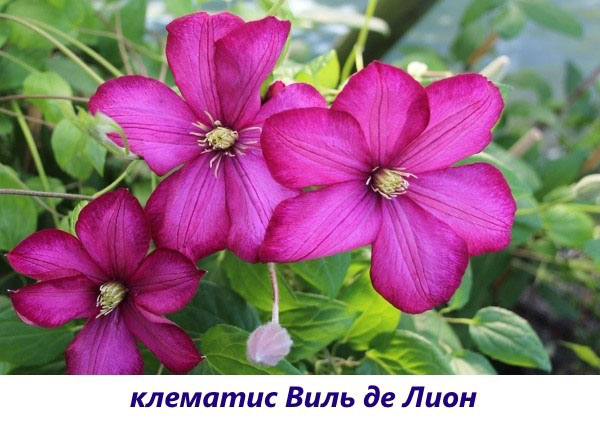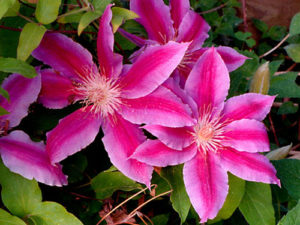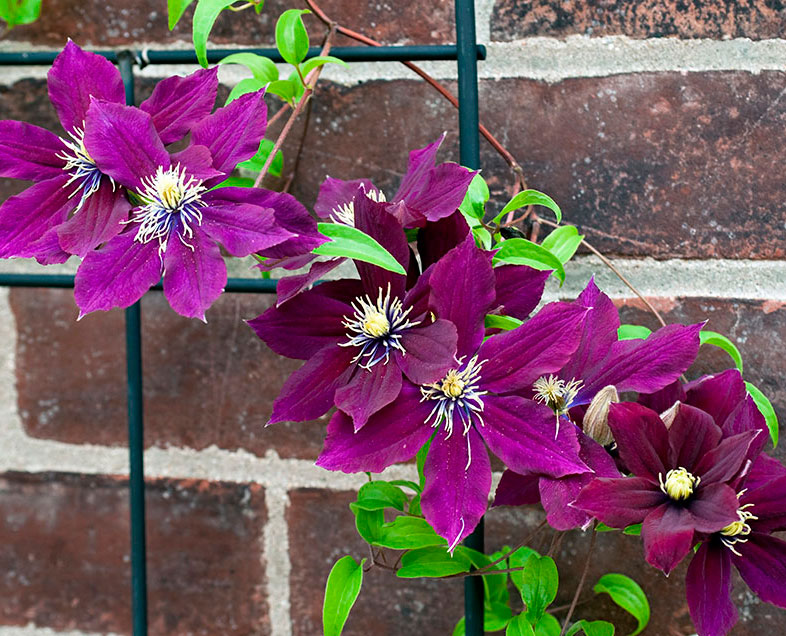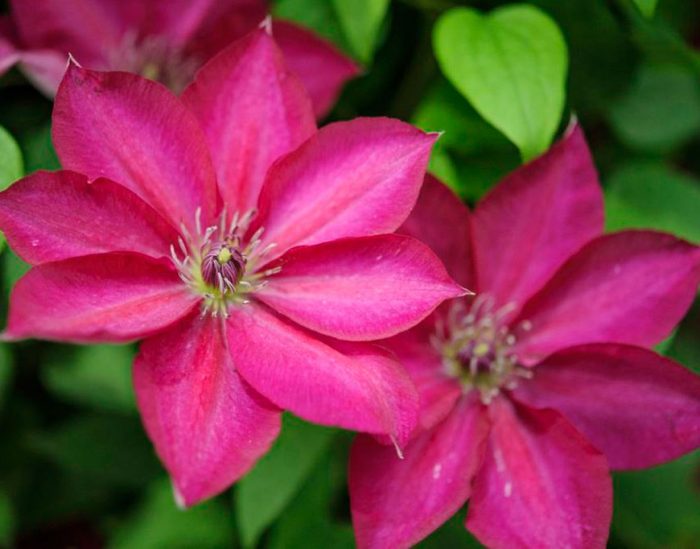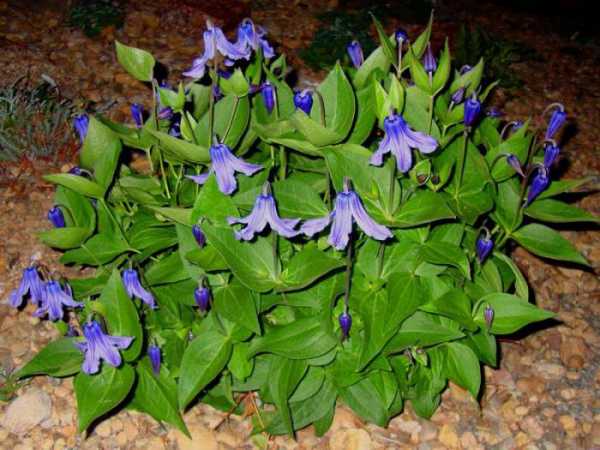Clematis planting and care in the open field.
Indeed, it is quite difficult to choose your own variety from this variety of luxurious flowers. One is more beautiful than the other - huge, bright, terry, each simply seeks to outshine the beauty of the others. Each species promises to turn our cottage into a real Garden of Eden! After all, any variety looks beautiful both on its own and in combination with other flowers, especially with roses.
One of the most beautiful and demanded varieties of clematis is Manchurian clematis.
This beautiful vine is actively used to decorate the landscape of the courtyard by gardeners all over the world, but only the last few years have attracted the attention of gardeners in our country. Thanks to its snow-white beauty and ease of care
Clematis of Manchuria (photo)
But since we plan not only to admire the flower, but to grow it, then we need to know the peculiarities of caring for it. It is best to buy seedlings in pots, and when choosing a variety, we first of all look not at the shape of the flower, but at its group. It is she who will determine how we will cut it, how to cover it for the winter and when to expect flowering from it.
Types of clematis by group and method of pruning:
-
First group.
The flowers of the vine will appear only on last year's shoots. Therefore, if you cut off all the old shoots for winter or spring, then you will never see flowering. Flowers from this group are the most luxurious, fashionable and amazing, but they must be covered for the winter. -
Second group.
These varieties have flowers on both last year's and new shoots. But, if the variety is double, double flowers appear only on last year's shoots. On young shoots, only inflorescences of a simple form appear and with a short break after the first flowers on old shoots. -
Third group.
Flowers appear only on young shoots. No need to cover - cut it almost to the root and that's it. These species are the most unpretentious - they are ideal varieties for beginners, because liana care is simple and straightforward. And although there are almost no double species in this group, but, believe me, there is plenty to choose from for your treasure.
ERNEST MARКHAM variety. 3 group, height 2.5 m
Description of the species
Clematis burning (lat.Clematis flammula)

general characteristics
Densely leafy highly decorative deciduous vine
The size
Height up to 5m, width up to 4m
Flowers
White 2-3 cm. Appears in June-July
Leaves
Emerald or dark green
The soil
Loam, sandy loam
Illumination
Sun, partial shade
Winter hardiness
Growing possible even in northern latitudes
- Name - Clematis burning white small-flowered or Clematis (lat.Clematis flammula). The rhizome contains sap, which, when it comes into contact with the skin or mucous membranes, causes a burning sensation, which is reflected in the name of the plant.
- Form - perennial powerful woody climbing densely leafy highly decorative deciduous vine. It has a high growth rate.
- The area of natural growth is the coast of the Mediterranean and Black Seas.
- Height - 3-5 m.
- The diameter of the crown is 3-4 m. Lomonos reaches this size if it grows in thickets of bushes. When planted in gardens or park compositions, it reaches a height of no more than 1.5 m.
- Leaves - emerald or dark green, small, lanceolate, broadly oval, 1.5–4 cm in length, very numerous. The plate is smooth with a slight waxy coating.
- The flowering period is June - August. The bush blooms very luxuriantly, on the shoots of the current year, its appearance resembles a white cloud.
- Flowers - white, cruciform, 2-3 cm in diameter, collected in lush panicles of 200-400 flowers on one shoot. The flowers exude a very pleasant aroma with hints of almond and honey, attracting bees.
- Fruits are reddish-brown, pubescent or glabrous, of a bizarre shape.Thanks to them, Clematis retains its decorative appearance for a long time after flowering.
- Needs good lighting, but does not like the sun. The landing site should be chosen protected from the wind, with a low occurrence of groundwater. The lowlands are categorically not suitable. With the right site selection and proper care, Clematis grows in one place for up to 25 years.
- Loves nutritious, loose, light soil with slightly alkaline or neutral pH (loam, sandy loam). Acidic soils are alkalized with lime.
- It grows well in the Caucasus and the Mediterranean zone, as well as in the temperate zone. In the southern regions, Clematis should be planted in partial shade to prevent overheating of the soil, which harms the root system.
- Very hardy plant. Cultivation is possible even in northern latitudes.
- Reproduction. Small-flowered clematis are propagated in spring and autumn by seeds, dividing the bush, layering and cuttings.
Clematis pungent is very widely used in landscape design for decorating gazebos, walls, pergolas, balconies, fences, arches, bare tree trunks, as well as a bush or ground cover plant. It goes well with juniper, rose hips, fortization and undersized varieties of thuja, but especially with climbing roses.


